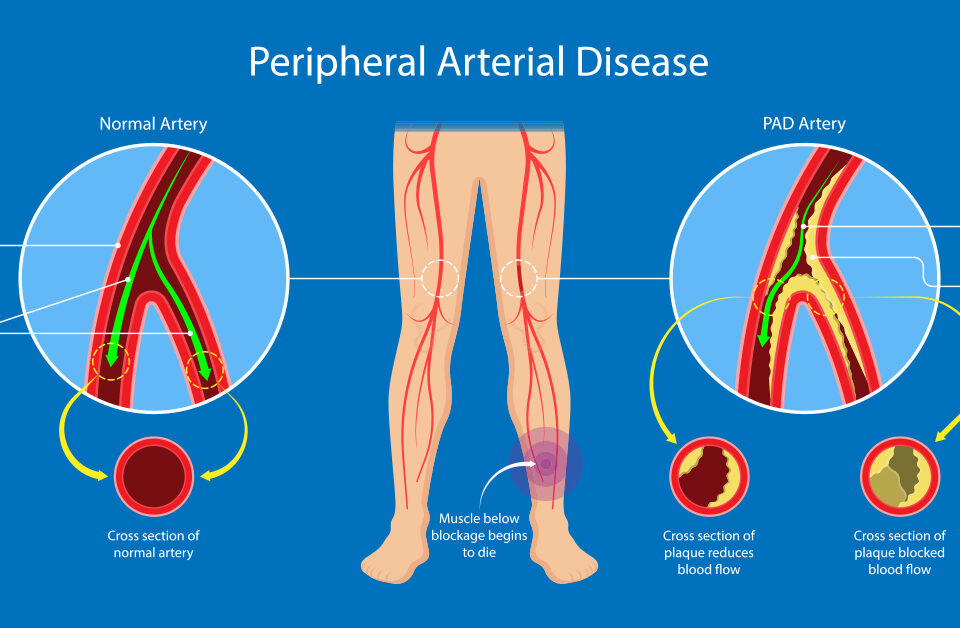On May 25, 1961, President John F. Kennedy appealed to a special joint session of Congress. He called upon the nation to commit to the goal of landing a man on the moon by the end of the decade. James Vallandingham was part of the team charged with reaching that goal.
“I served in the Air Force from 1966 to 1972,” James shares. “That was right in the middle of the Vietnam War and the middle of when we were trying to get to the moon.
“I was trained in electronics. I gathered telemetry data from missiles launched from Cape Kennedy, Wallops Island in Virginia and Vandenberg Air Force Base in California. I tracked information about the astronauts, measured their heart rate, respiration, skin temperature and any other functions the team leaders wanted measured.”
All the team’s efforts paid off. On July 20, 1969, Kennedy’s vision became a reality when Apollo 11 astronauts Neil Armstrong and Edwin “Buzz” Aldrin became the first humans to land and walk on the moon.
After leaving the Air Force, his mission accomplished, James earned a bachelor’s degree and a master’s degree in counseling through the GI Bill. He ultimately worked in teaching and counseling capacities for the Florida Department of Corrections, mainly at the now-closed Florida Correctional Institution in Sharpes. He retired in 2003 after 27 years of service.
James, 79, stays active by playing tennis and traveling. For the past dozen years or so, he and his wife have spent summers near family in Asheville, North Carolina.
Recently, however, the long drives between Florida and North Carolina became increasingly uncomfortable for James, who began experiencing classic symptoms of an enlarged prostate, clinically known as benign prostatic hyperplasia (BPH). These symptoms include urinary frequency, urinary urgency, a weak urine stream and frequent nighttime urination.
“I felt a terrible urgency to urinate,” James describes. “If I had to go, there better not be anybody in my way. And if they were in the way, they better move over because I had to get through or I’d wet my pants. I was also urinating quite frequently. I was getting up three or four times a night to go to the bathroom.”
To treat the issue, James underwent an outpatient procedure called a TUMT, or transurethral microwave thermotherapy. During a TUMT, a doctor inserts a microwave rod through the tip of the penis into the urethra until it reaches the area surrounded by the prostate.
“Then they turn on the microwave energy, which destroys part of the prostate,” James continues. “But the doctor told me my prostate may grow back because it’s vascularly active.”
And that’s what happened. Nine years later, the urinary urgency and frequency returned.
“This time it was recommended that I have a TURP (transurethral resection of the prostate), where they actually pare off part of your prostate,” James relates. “But that has side effects, including incontinence and sexual issues. I didn’t want to do that, but that’s what I was facing.
“Then one day at the tennis court, one of the other players brought me a copy of Florida Health Care News. In it was an article about prostate artery embolization. The procedure sounded too good to be true, so I decided to go talk to the doctors and see what they had to say.”
Endovascular Procedure
The article was about Interventional & Vascular Center, the Melbourne practice of Brian L. Dunfee, MD, and Robert J. Kennedy, MD. Both are board-certified vascular and interventional radiologists who use minimally invasive, image-guided techniques to treat conditions such as BPH.
Dr. Dunfee explains that a prostate is typically evaluated by weight. A healthy prostate weighs 30 to 50 grams, but James’ was more than 100 grams, or twice the normal mass.
“The other tool we use to evaluate patients such as James is the International Prostate Symptom Score, or IPSS,” Dr. Dunfee informs. “The IPSS is an eight-question survey, with patients giving each question a score of one to five. The higher the score, the more severe the symptoms.
“Mr. Vallandingham’s score was a 20, so his symptoms were disrupting his quality of life. He was taking medication, but it wasn’t helping much, so we discussed treatment options and chose prostate artery embolization, a minimally invasive procedure that shrinks the prostate by limiting its blood supply.”
Prostate artery embolization is an endovascular procedure, meaning it is performed through the blood vessels. It is done on an outpatient basis while the patient is under moderate sedation.
During the procedure, a doctor inserts a long, skinny tube called a catheter into an artery, typically in the groin. Under fluoroscopic guidance, the doctor navigates the catheter through the arterial system into the arteries that feed the prostate.
“There are two prostatic arteries, the right and left, one on each side of the gland,” Dr. Dunfee explains. “Once we’re in these arteries, we inject small gelatin-like beads that block blood flow to the prostate gland. Blocking blood flow doesn’t kill the prostate, but it brings about atrophy, which causes it to shrink slowly over time.
“As the prostate shrinks, it pulls away from the urethra, which slowly alleviates the blockage. And as the blockage is reduced, patients start to urinate the way they did when they were younger with a normal-sized prostate gland.
“Following the procedure, Mr. Vallandingham’s prostate was reduced to 50 grams, his IPSS score lowered to normal and he was able to get off the medication he had been taking, which is important because those medications can have side effects, including sexual dysfunction.”
Dr. Dunfee stresses that patients who have undergone other treatments for BPH, such as TUMT, are still candidates for embolization.
“Prostate artery embolization is an option for pretty much everybody,” the doctor maintains. “If you have symptoms and are on medication and want to get off of it, you can safely undergo embolization.”
No More Running
Dr. Dunfee performed James’ embolization in April 2022. James was pleased with how quickly he started to feel better.
“The procedure was easy, and I was playing tennis within a few days,” James says. “Within a week, I quit taking the medication, and things just got better from there. Now, I can lie in bed for almost seven hours before I need to get up and go to the bathroom. And my urine stream is nice and steady now. No more sputter.
“Not only that, but when I feel the need to urinate, I can actually wait a while before I go; I don’t have to run to the bathroom. Before, when I felt that urgency, I got up right away. Whatever I was doing, I stopped. Now, I can finish what I’m doing and then go to the bathroom. The embolization certainly solved my problems. It’s a whole lifestyle change.”
James gives his providers high marks.
“Dr. Dunfee is a great guy, very friendly and nice,” James raves. “He explains everything if I have questions. The people in the office are very friendly as well whenever I go to Interventional & Vascular Center. I highly recommend them.”










